Not just Boracay...
12 Culture Shocks You’ll Experience During Umrah
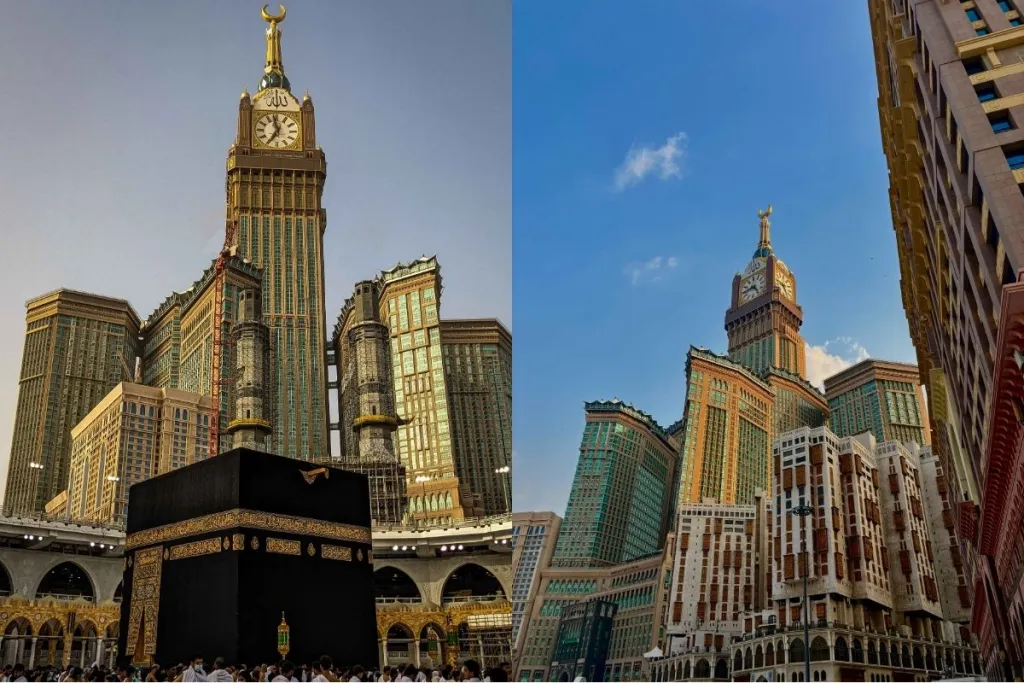
For many, performing Umrah is a spiritual journey filled with anticipation, reflection, and awe. But beyond the sacred rituals, there are cultural nuances and surprising experiences that catch pilgrims off guard. Here are some culture shocks that travellers often encounter while performing Umrah in Medina and Mecca.
Also read: Saudi Arabia’s Dream of The Desert Luxury Train: Route, Features & Launch Date (2026)
1. The chilling calmness of Medina and Mecca
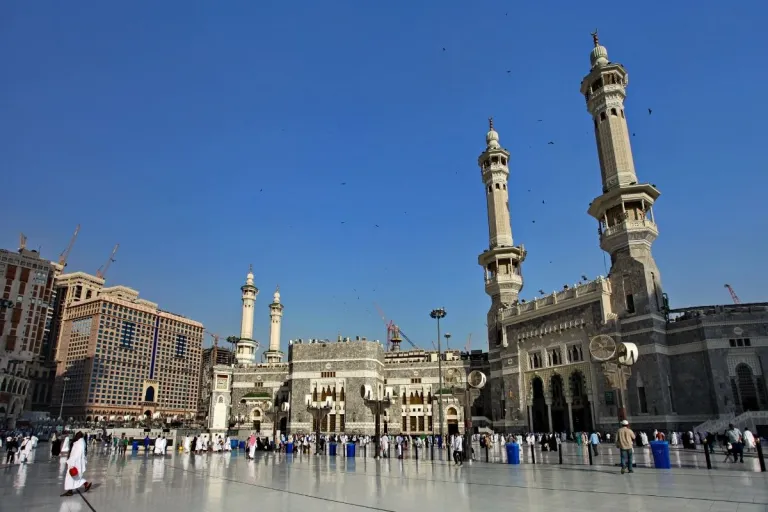 Image credit: azaharphotography via Canva Pro
Image credit: azaharphotography via Canva Pro
Most people imagine the Middle East as perpetually hot and arid. However, arriving in Medina and Mecca, many are surprised by the crisp, cool air, especially during the early mornings and evenings. The serene atmosphere in Medina, in particular, contrasts with the bustling image often associated with these holy cities.
2. The Azan rings six times a day
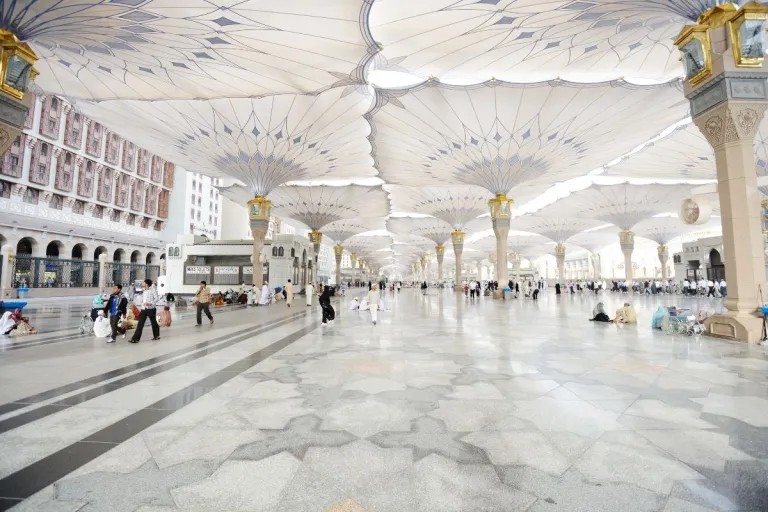 Image credit: Zurijeta via Canva Pro
Image credit: Zurijeta via Canva Pro
Back home, many are used to hearing the call to prayer five times a day. In Medina and Mecca, there’s an additional azan in the last third of the night, inviting the faithful to perform Tahajjud prayers. This call echoes through the quiet night, adding a deeply spiritual layer to the experience.
3. No Qunut or group Dhikr after Fajr
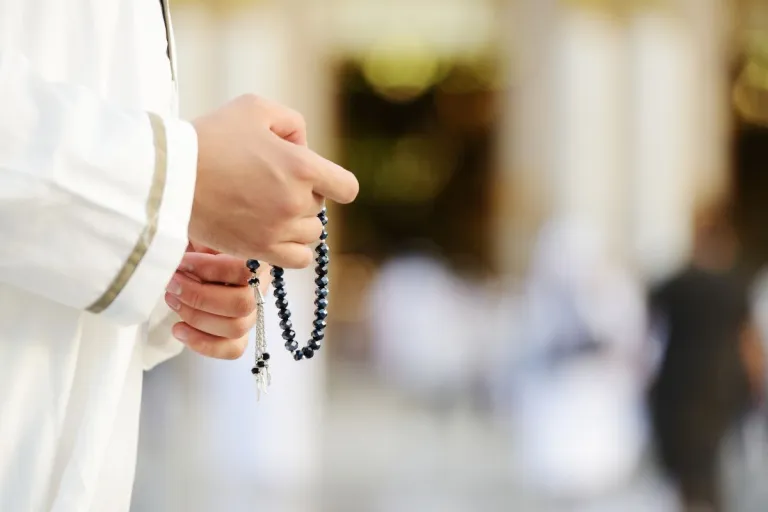 Image credit: Zurijeta via Canva Pro
Image credit: Zurijeta via Canva Pro
Another surprise comes during the Fajr (dawn) prayer. Unlike in some regions where the Qunut (a special supplication) is recited, here it isn’t part of the practice. Additionally, there are no group dhikr sessions after the prayer, which can feel unusual for those accustomed to communal recitations.
4. The high cost of goods and the art of bargaining
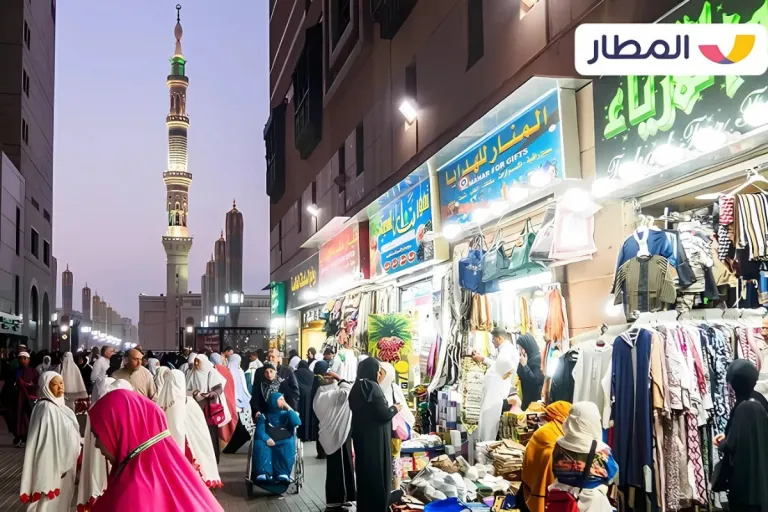 Image credit: almatar | official Website
Image credit: almatar | official Website
Shopping in Medina and Mecca can be an eye-opener. Prices for souvenirs, dates, and other goods are often higher than expected. Bargaining isn’t just common; it’s essential. Mastering the art of negotiation can lead to significant savings, and it's all part of the vibrant marketplace culture.
5. Securing a spot in the mosque requires early arrival
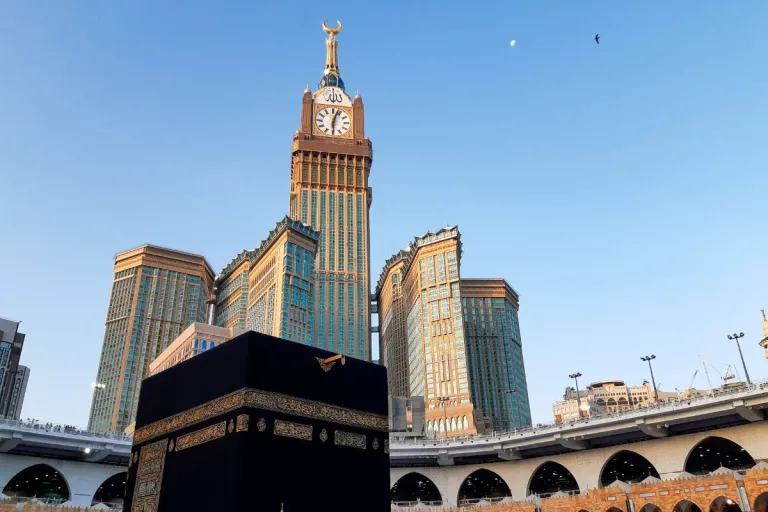 Image credit: Haris Javed via Canva Pro
Image credit: Haris Javed via Canva Pro
To pray inside the Grand Mosques, especially near the Kaaba or in Rawdah in Medina, pilgrims need to arrive 1-2 hours before the call to prayer. The crowds are immense, and finding a comfortable spot requires patience and strategic timing.
6. A funeral prayer after every Fardu prayer
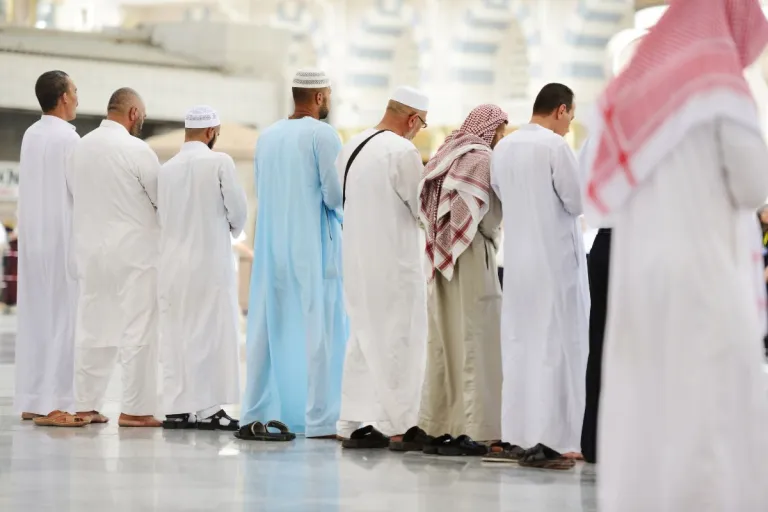 Image credit: Zurijeta via Canva Pro
Image credit: Zurijeta via Canva Pro
One of the most humbling experiences is witnessing the regular occurrence of Janazah (funeral) prayers immediately after every obligatory prayer. It serves as a poignant reminder of life's fragility and the ever-present cycle of life and death.
7. Mecca never sleeps
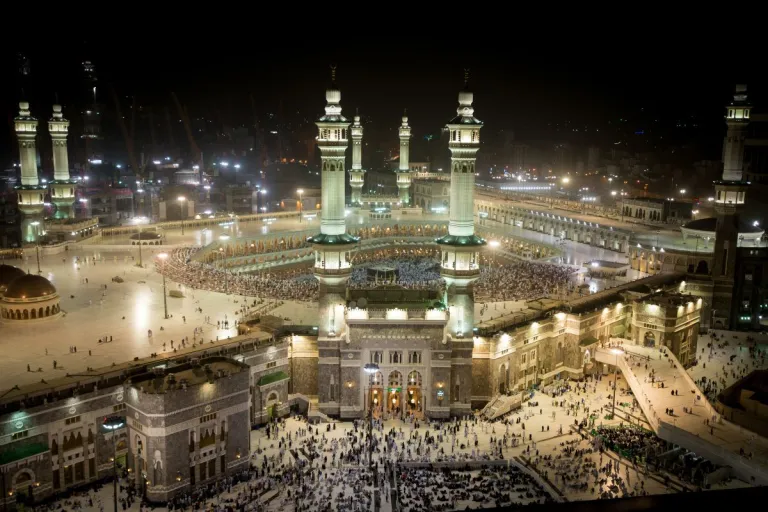 Image credit: Zurijeta via Canva Pro
Image credit: Zurijeta via Canva Pro
Unlike many cities that quiet down at night, Mecca is alive 24/7. The flow of pilgrims performing Tawaf around the Kaaba never stops, creating an atmosphere of constant devotion. The city’s energy is both overwhelming and inspiring.
8. Women participating in Friday prayers
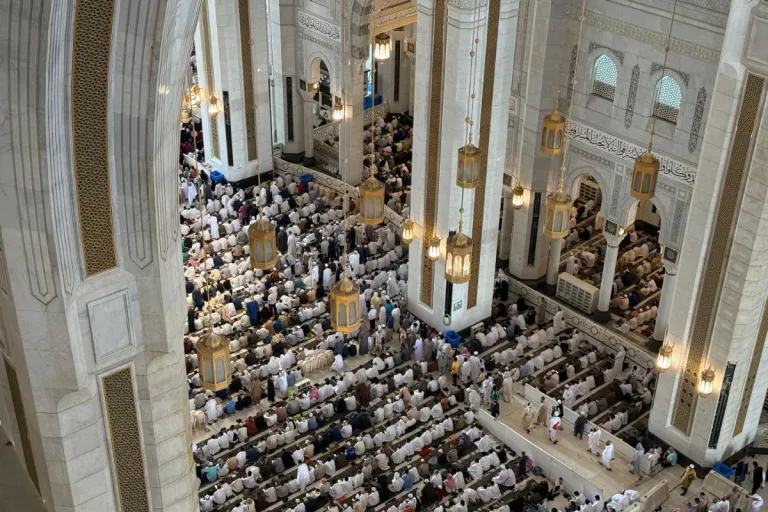 Image credit: Life in Saudi Arabia | Official Facebook
Image credit: Life in Saudi Arabia | Official Facebook
In some cultures, it’s uncommon for women to attend Friday prayers or listen to the khutbah (sermon). In Mecca and Medina, women actively participate, filling designated prayer areas and sharing in the spiritual ambience of Jumu'ah.
9. The absence of motorbikes
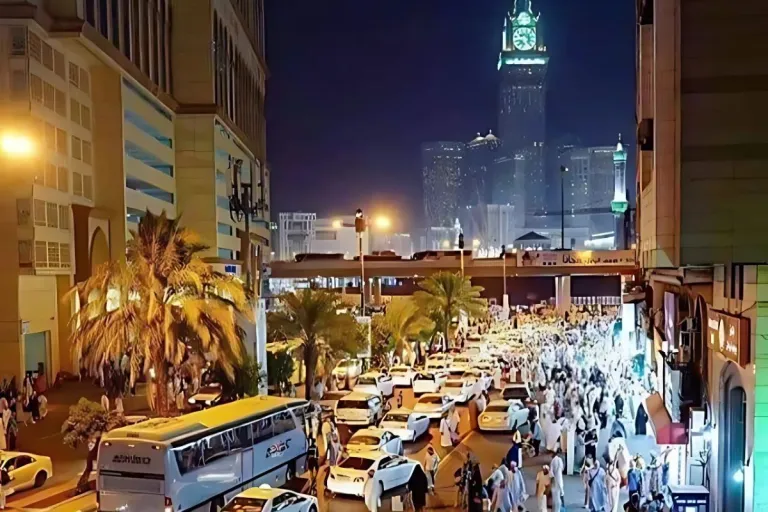 Image credit: Life in Saudi Arabia | Official Facebook
Image credit: Life in Saudi Arabia | Official Facebook
Don’t expect to see motorbikes weaving through traffic. Transportation mainly consists of cars and buses, and within the mosque vicinities, most people walk. This pedestrian culture enhances the communal feel and encourages reflection during those walks.
10. Abundant access to Zamzam water
 Image credit: Abdulkadir ARSLAN via Canva Pro
Image credit: Abdulkadir ARSLAN via Canva Pro
No need to ration Zamzam water. Pilgrims can drink to their heart's content from the numerous dispensers scattered throughout the mosques. It's a refreshing and symbolic act of sustenance during the spiritual journey.
11. Unspoken prayer etiquette
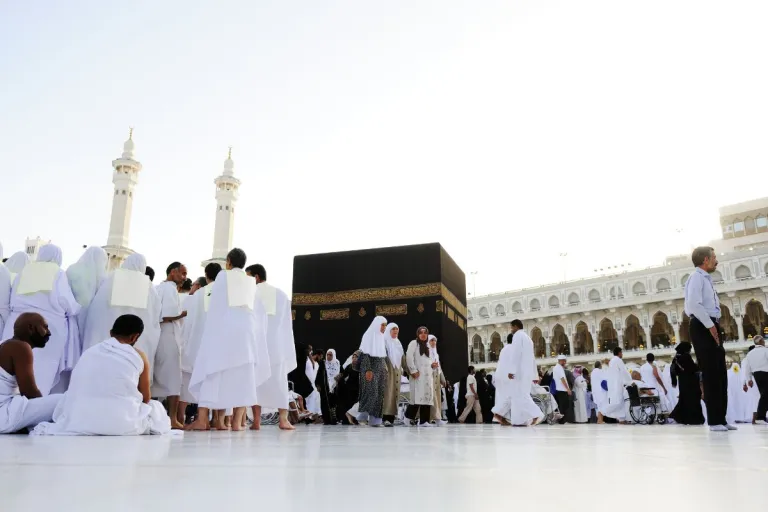 Image credit:
Image credit:
During prayer, people avoid stepping directly in front of someone praying, even if it means taking a longer route around them. This deep respect for personal prayer space reflects the sanctity placed on one’s connection with God.
12. Life pauses for prayer
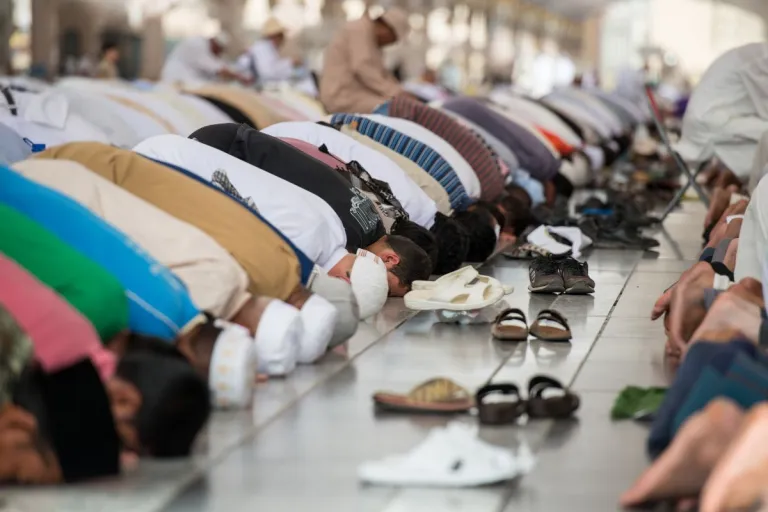 Image credit: Zurijeta via Canva Pro
Image credit: Zurijeta via Canva Pro
When the call to prayer sounds, everything halts. Shops close, conversations stop, and people lay down their prayer mats wherever they are—on sidewalks, in malls, even in the middle of bustling streets. This collective pause is a powerful testament to the priority of faith in daily life.
Final reflections
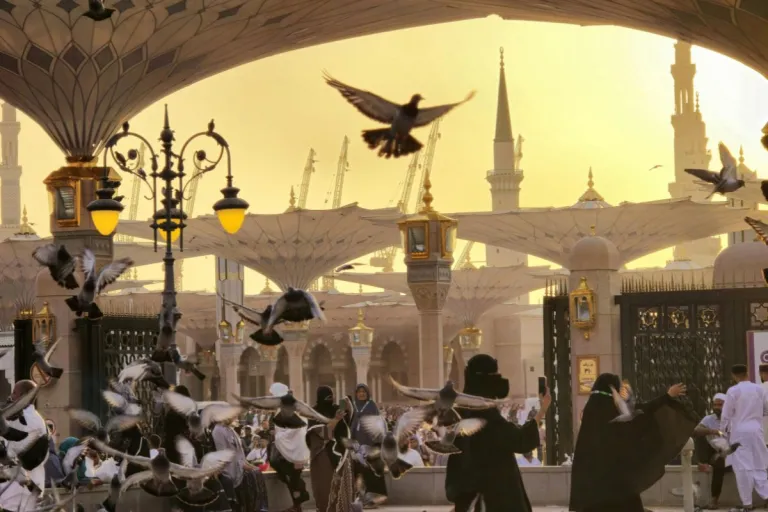 Image credit: Rushdi Fatani via Canva Pro
Image credit: Rushdi Fatani via Canva Pro
Also read: How to Perform Hajj: The Various Stages Step-by-Step
Performing Umrah is not just a series of rituals; it's an immersion into a world where faith permeates every moment. The cultural surprises along the way, from prayer practices to daily routines, enrich the spiritual experience, leaving pilgrims with stories and lessons that resonate long after they return home.
Published at
About Author
Aimi Zulkiflee
Subscribe our Newsletter
Get our weekly tips and travel news!
Recommended Articles
10 Best Halal-Friendly Destinations in The Philippines for Muslim Travellers 10 Best Places for Muslim Travellers to See Tulip Festivals in 2025 Fun Fact: Tulips didn’t actually come from the Netherlands but Türkiye!
10 Halal Anime Food Guide for Muslim Travellers in Japan Muslim-friendly versions of popular anime dishes across Japan!
Top 10 Popular Muslim-Friendly Destinations to Visit in 2025 Our schedules are packed, buddies!
10 Halal Restaurants in Bangkok to Satisfy Your Thai Cravings From Korean-style BBQ and Punjabi curries to award-winning shrimp Pad Thai, take your pick from these amazing Halal restaurants in Bangkok.
Latest Articles
First-Ever Titanic Exhibition in Asia to Launch in Singapore This August 2025 — What Muslim Travelers Should Know Deep dive through the eyes of the passengers
China Power Bank Rules 2025: What Muslim Travellers Must Know Before Flying read this before you go to China
South Island New Zealand Halal Travel: Family Adventures, Halal Restaurants & Unique Accommodations Let's explore New Zealand
Muslim-Friendly Guide to Hong Kong International Airport (HKIA): Prayer Rooms, Halal Food, and Shopping Lets explore HKIA for Muslim Traveler
10 Popular Halal Restaurants in Shenzhen, China for Muslim Travellers Lets try halal food at Shenzhen, China

